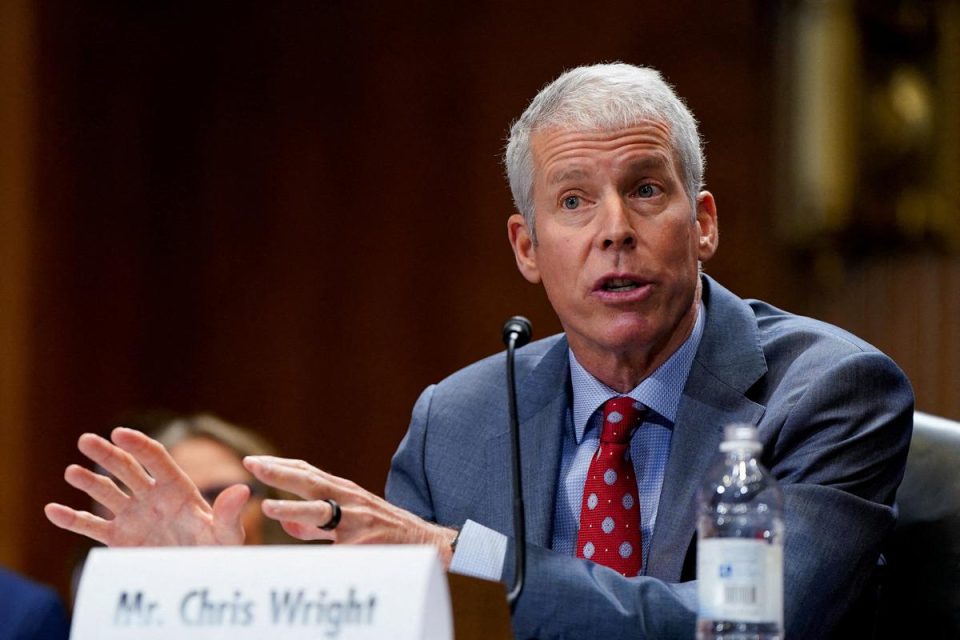Energy Secretary Chris Wright claims that President Donald Trump’s efforts to boost U.S. oil production are driving down crude prices, despite recent market headwinds. In an interview with CNBC, Wright argued that the market is underestimating the impact of Trump’s pro-production policies.
Since Trump took office on January 20, U.S. crude oil futures have plummeted by nearly 14%. The administration has prioritized energy in its policy agenda, focusing on enhancing oil and gas output. This includes expanding leases on federal lands and waters and streamlining the permitting process.
However, the oil market faces challenges from multiple fronts. Trump’s recent tariffs on imports from Canada and Mexico have cast a shadow over the industry, with concerns that these measures might contribute to rising prices and hinder economic growth. On March 5, West Texas Intermediate crude fell to an intraday low of $62.22, marking the lowest point since spring 2022.
Adding to the market pressure, OPEC+ announced plans to increase oil production starting in April 2025. Eight OPEC+ members, including Saudi Arabia and Russia, have agreed to reverse their 2.2 million barrels per day voluntary output cuts over an 18-month period. This decision was based on what OPEC+ called “healthy market fundamentals and the positive market outlook”.
Despite these challenges, Wright remains optimistic about the administration’s energy policies. “The market is clearly discounting the fact that producing oil and gas in the U.S. is likely to become more feasible. An increase in supply will lead to lower prices for oil, gasoline, and home heating fuels, this is beneficial for the American populace,” Wright told CNBC.
Wright, a former fracking executive, has been a vocal supporter of fossil fuel expansion since his appointment as Energy Secretary. At the recent CERAWeek conference in Houston, he emphasized the administration’s commitment to increasing American energy production and infrastructure.
However, oil executives at the conference expressed a more cautious outlook. Many industry leaders expect U.S. production to plateau in the coming years, suggesting that the “drill, baby, drill” approach may face real-world limitations.
Analysts from energy consultancy Wood Mackenzie forecast that benchmark Brent oil prices will reach $73 per barrel in 2025, a decrease of $7 per barrel from 2024. This projection takes into account U.S. tariff policies and OPEC+ strategies to increase production.
As of Wednesday, Brent crude settled at $70.78 per barrel, while U.S. West Texas Intermediate crude concluded at $67.16. These prices reflect the complex interplay of factors influencing the global oil market, including geopolitical tensions, production decisions, and economic policies.
The Trump administration’s energy policies continue to shape the oil industry landscape. While the push for increased production aims to achieve U.S. “energy dominance” in the global market, the long-term effects on prices and market stability remain to be seen.
Investors and industry watchers will be closely monitoring how these policies unfold and their impact on major oil companies listed on exchanges such as the New York Stock Exchange (NYSE) and NASDAQ. As the global energy landscape evolves, the interplay between government policies, market forces, and industry responses will continue to influence oil prices and production levels in the coming years.

